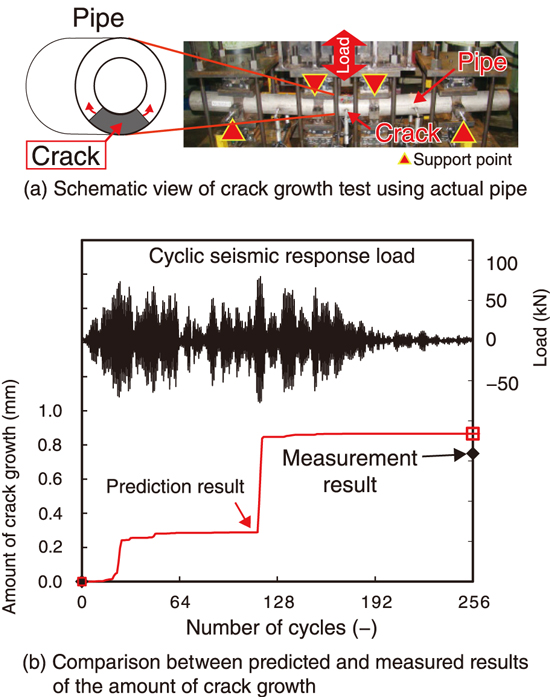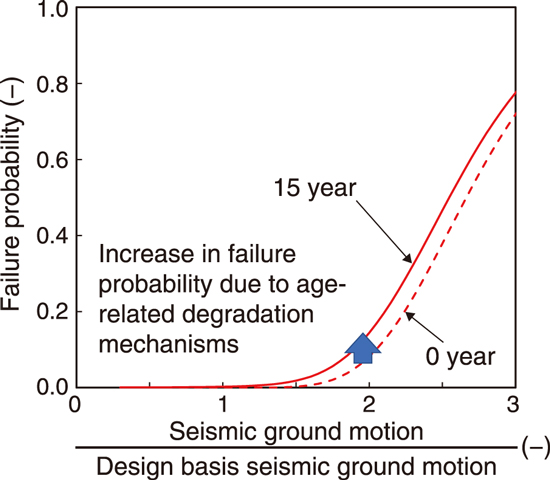
Fig.2-12 Validation test of crack growth evaluation method

Fig.2-13 Example of the relationship between the seismic ground motion ratio and failure probability at each service life
Based on the lessons learned from the Fukushima Daiichi nuclear power plant (NPP) accident, safety improvement assessments of NPPs have been requested throughout Japan. The seismic probabilistic risk assessment (SPRA) is an important methodology for safety improvement assessments. In SPRA, the core damage frequency is evaluated by considering the seismic fragilities which are determined based on the failure probabilities of components against seismic ground motions. Focusing on piping systems as the evaluation targets, cracks due to age-related degradation mechanisms have been reported. Therefore, to realistically evaluate seismic fragility of aged piping system with cracks, their decrease in strength due to initiation and propagation of cracks should be considered. However, there is presently no evaluation method and code for the seismic fragility evaluation of aged piping.
To develop a seismic fragility evaluation method for aged piping, first, a crack growth evaluation method through experiments and numerical analyses taking large seismic stress were taken into consideration. As shown in Fig.2-12, the developed method was validated through crack growth tests with actual pipes subjected to cyclic seismic response loading. Then, the crack growth evaluation method was introduced into the probabilistic fracture mechanics analysis code PASCAL-SP which calculates the failure probability of piping by considering age-related degradation mechanisms and uncertainties of fracture mechanics influencing factors. Based on the improvements, PASCAL-SP2 was developed to calculate seismic fragility of aged piping. Finally, a guideline to enable engineers and analysts evaluate seismic fragility for aged piping systems without difficulty is developed. The guideline contains the procedure, recommended methods and models, and technical bases for the seismic fragility evaluation of piping using PASCAL-SP2. As shown in Fig.2-13, the increase in fragility due to age-related degradation mechanisms can be quantitatively evaluated using PASCAL-SP2 in accordance with the guideline. Activities related to the risk-informed applications in safety improvement assessments using developed PASCAL-SP2 and the guideline will continue to be promoted.
This study was performed under contract research entrusted by the Nuclear Regulation Authority of Japan.
(Yoshihito Yamaguchi)